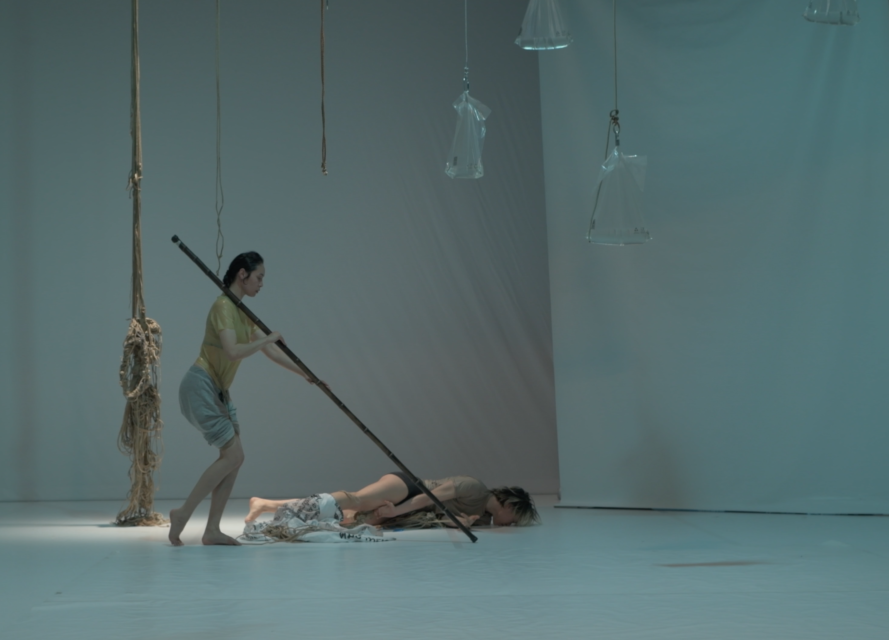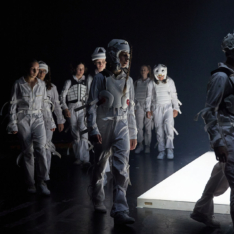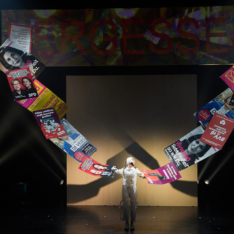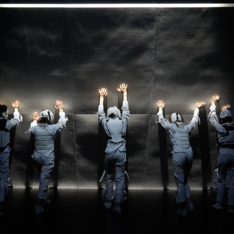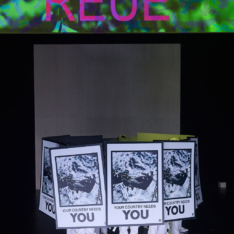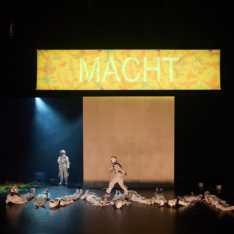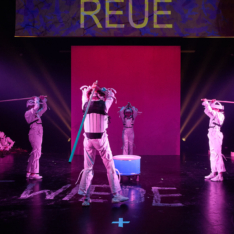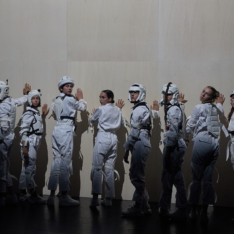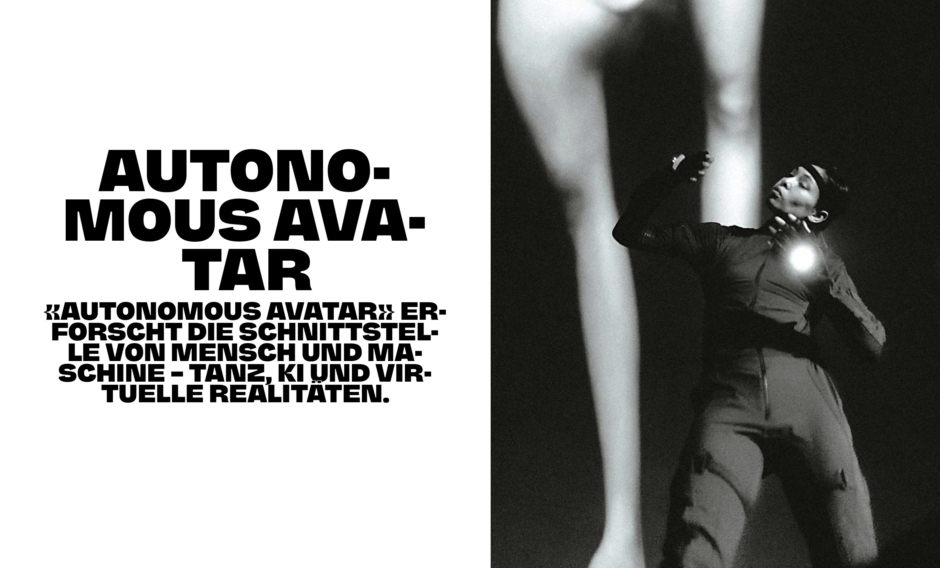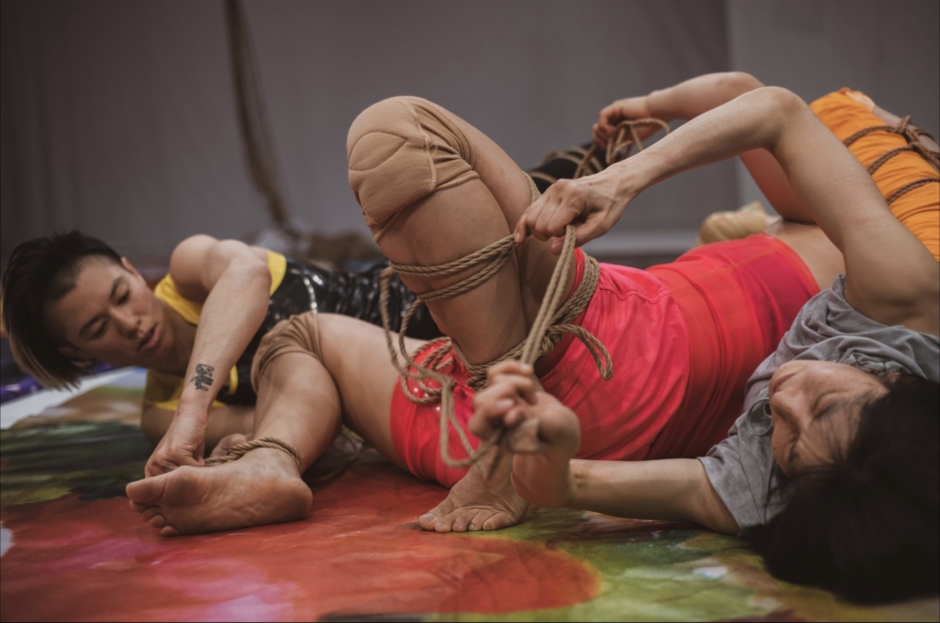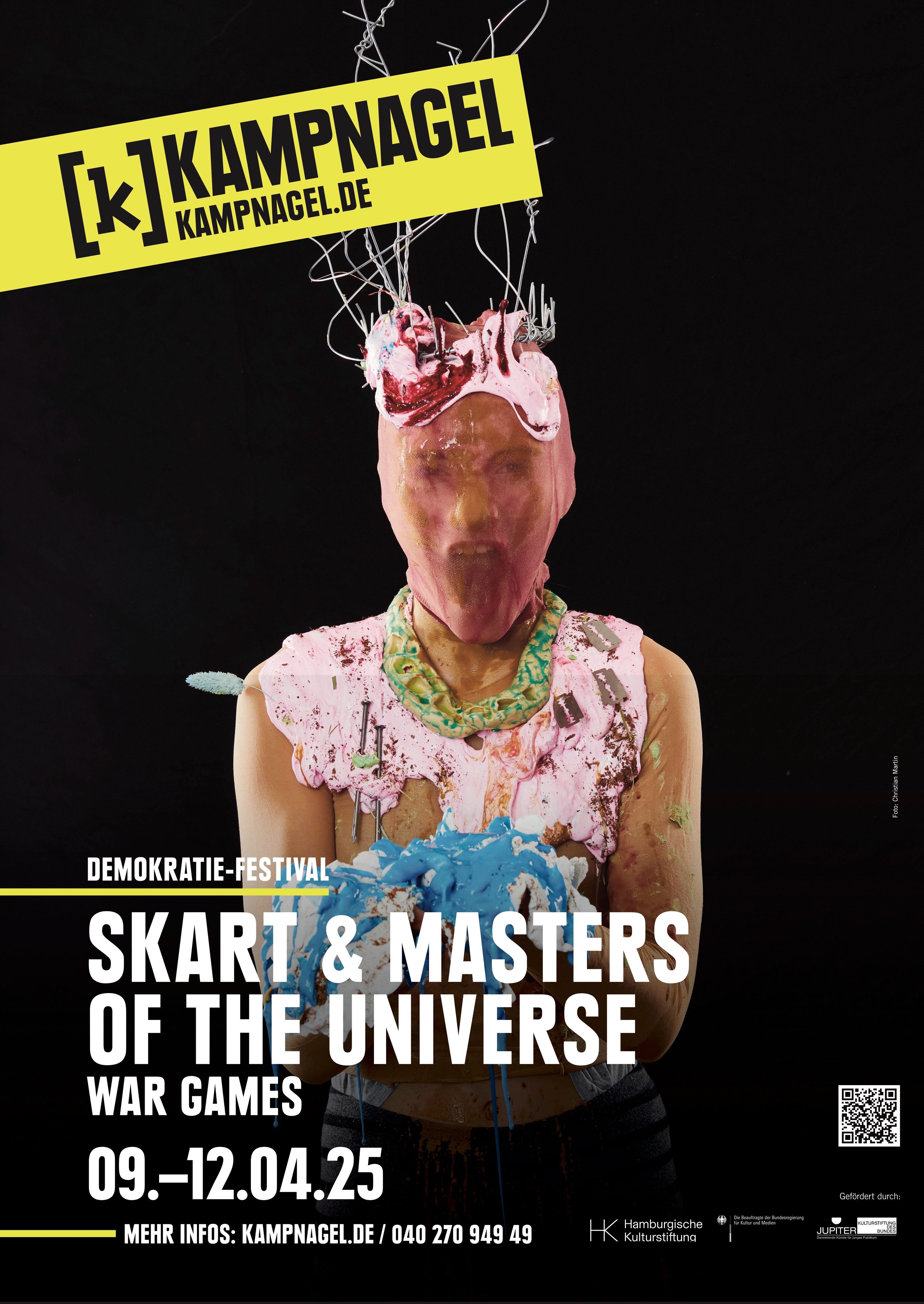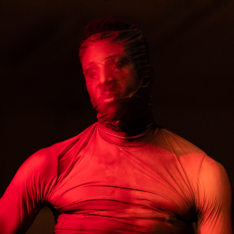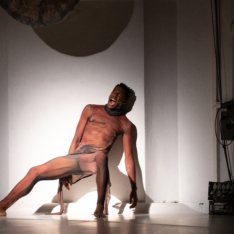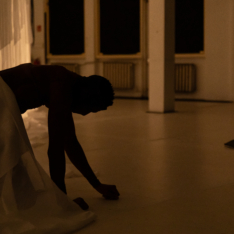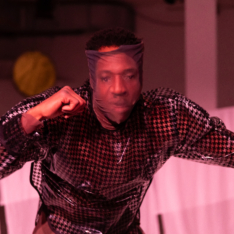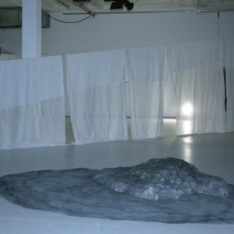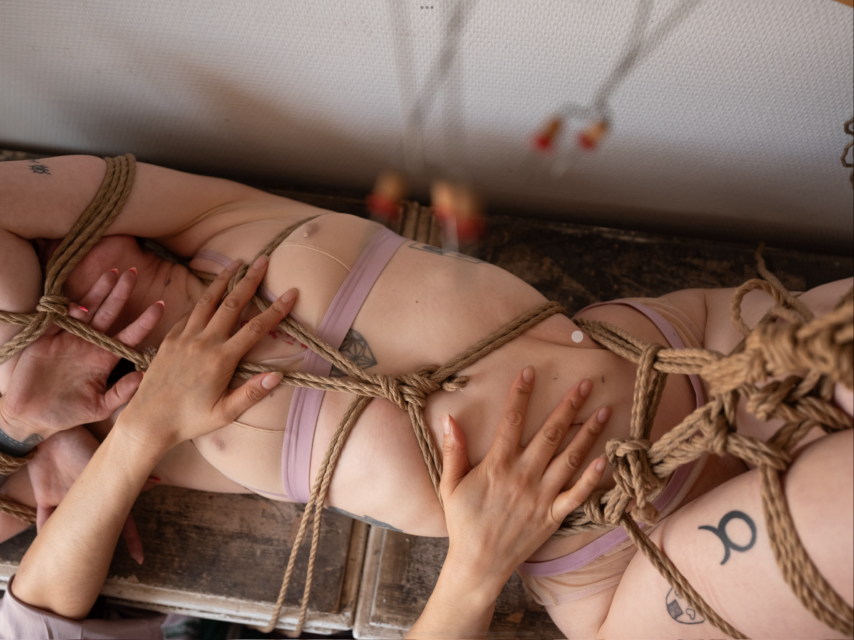
This month: Tuesday July 15 + 29, 2025 at Haus Sommer / Uferhallen
Hours: 7-9.30pm
This Light – intermediate class is directed at people with previous bondage/shibari experience, and at newbies who like to start rope work in a small group environment.
We will start with the basics by intuitively following individual rope impulses. When safety principles like body handling, rope management or friction become fluid, we move to more systematic ties. Floor play will gradually be taken to semi-suspension.
There is time to switch roles to deeper understand restriction from both perspectives. The roped experience, as well as the complex skill set of the rigger, in order to create meditative ties or sexy phantasies.
The class material and aesthetic is strongly inspired by Japanese Shibari artists such as Norio Sugiura, Kasumi Horai or Akira Naka. Dasniya has learned from them during several workshops and encounters in Europe and Asia. Another important teaching source is her professional dance and performance practice which includes collaborating with Roméo Castellucci, Florentina Holzinger or the collective Das Helmi. Continuously transforming the traditional ritual for stage or installations Dasniya has been an inspiring rope artist beyond the Berlin community since 20 years.
Location: Haus Sommer is located at Uferhallen Kulturwerkstatt. The atelier with tatami and tea kitchen allows suspension on bamboo for 4 couples. The small group size creates an intimate frame to explore Shibari for single participants, couples, or for small groups of peers.
If you are new to bondage/shibari and interested in this class, please send a mail to the address below. Because of the small group size in this class the level is always adapted to the levels of the group.
– Please bring soft, comfortable clothes and ropes if you have.
– Ideally you register with a partner. If you don‘t have a rope partner yet, there often are other solo participants to pair up with. There is also the possibility to watch the class or self-tie.
– Costs 30 Euro per person.
Mail: workshops(at)dasniyasommer(dot)de / Messenger: haussommer / Insta: Kinbaku Haus / WA: +49-174-393 70 49
Dates: 15 + 29.7.2025
Hours: 19-21.30h
Costs: 30 Euro per person (max. four couples)
Haus Sommer is located at Uferhallen Kulturwerkstatt – Wedding Uferstrasse 8,13357 Berlin. Entrance B6
In case the door is locked please call the number above.
Map here
In the picture: Eliko. Photographed by Werner Amann. Ropes: Dasniya.
